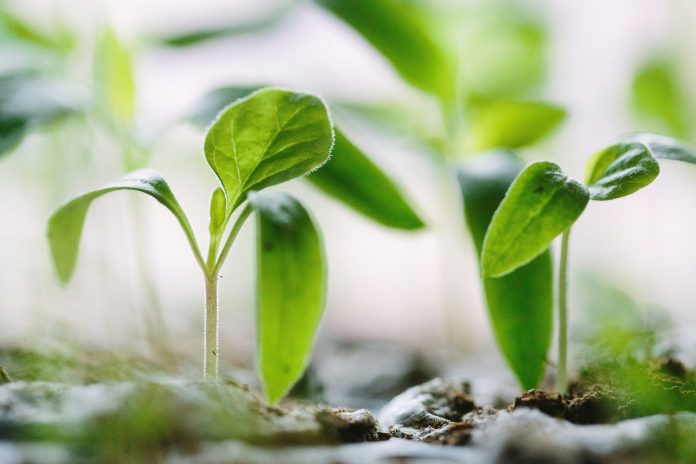The FER-PLAY consortium has highlighted the potential of circular fertilisers to reduce EU dependence on imports, cut greenhouse gas emissions, and improve soil health.
Over the past three years, experts from six European countries have assessed circular fertilisers made from secondary raw materials, promoting them as a sustainable alternative to conventional fertilisers.
Unlike conventional fertilisers, which rely on finite resources and energy-intensive production, circular fertilisers use homegrown residues and by-products. This reduces the environmental impact, protects soil and water from nutrient enrichment, and supports EU resource efficiency.
READ ALSO: Tourba Expands Carbon Farming Initiative to 1 Million Hectares in Nigeria
The adoption of circular fertilisers is supported by EU policies such as the Soil Monitoring Law and the Common Agricultural Policy. The FER-PLAY project estimates that, by 2050, circular fertilisers could replace 3.77 million tonnes of conventional fertilisers, reducing CO₂ and N₂O emissions by 88% and 87%, respectively. This shift could also save the EU up to €689.38 million annually by cutting fertiliser imports by 20%.
Despite these advantages, circular fertilisers remain underutilised due to limited awareness among producers, farmers, and policymakers. FER-PLAY’s findings call for adapting technical and legal frameworks and supporting innovation in nutrient recycling to encourage broader adoption.
Jose Martín Soriano Disla, FER-PLAY Project Coordinator, emphasized, “The information generated in FER-PLAY paves the way for unlocking the full potential of circular fertilisers, allowing farmers and the agrifood sector to make sustainable and informed choices.”
The 30-month FER-PLAY project, coordinated by CETENMA (Spain) and involving 12 partners from across Europe, received €2 million from the European Commission under the Horizon Europe programme.

